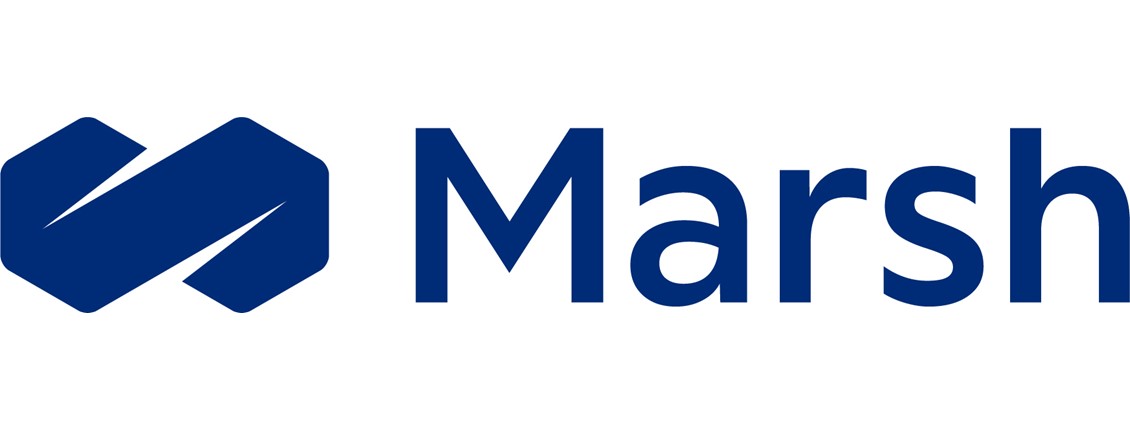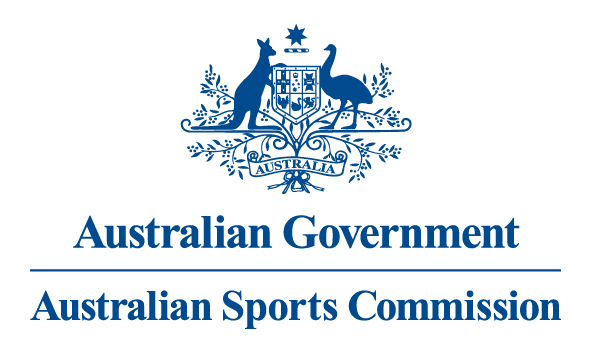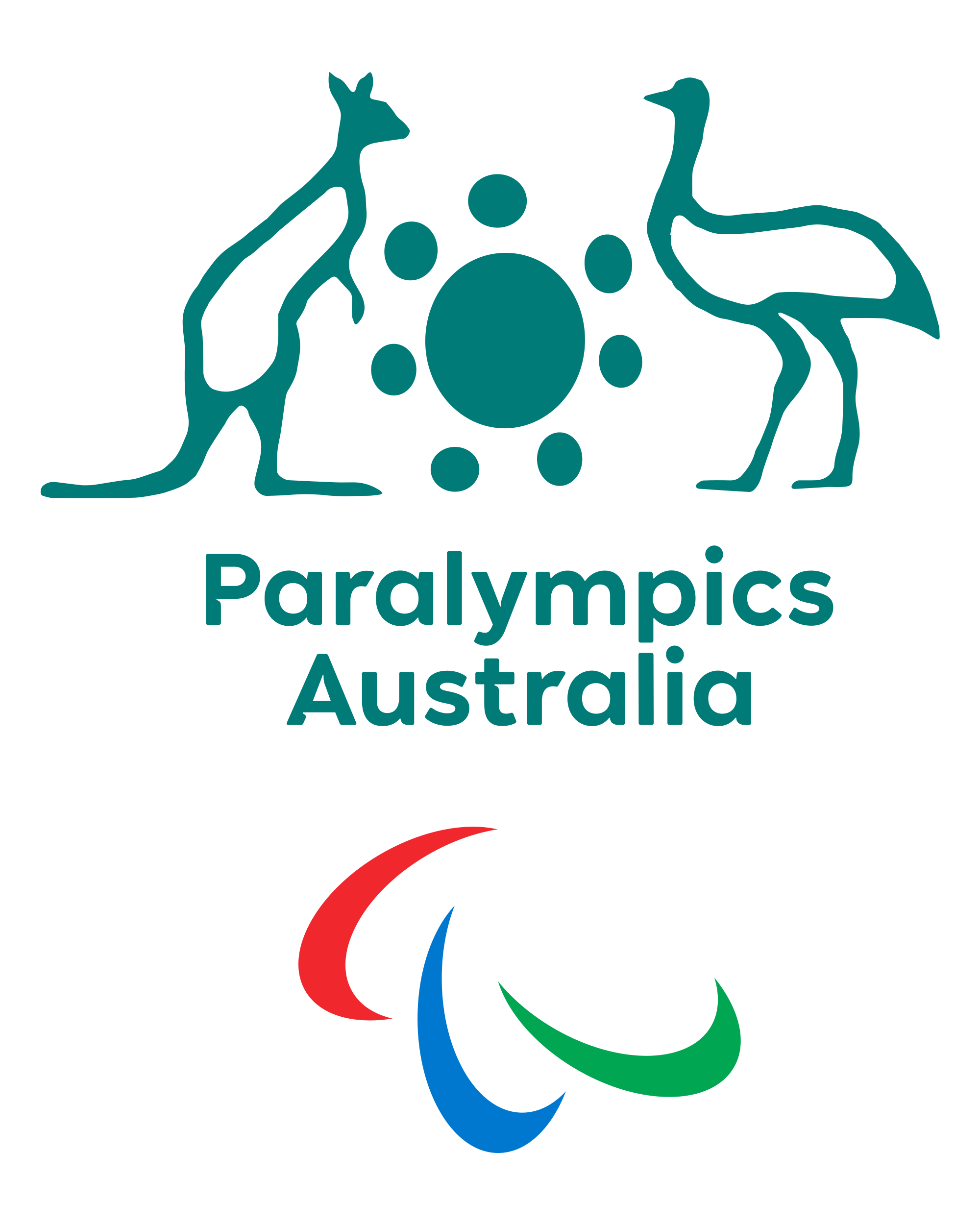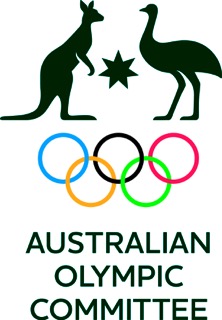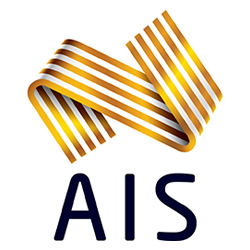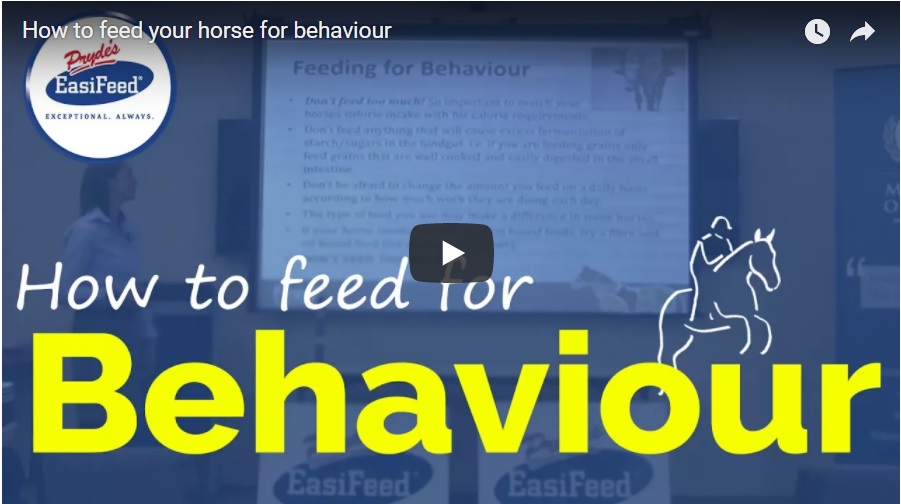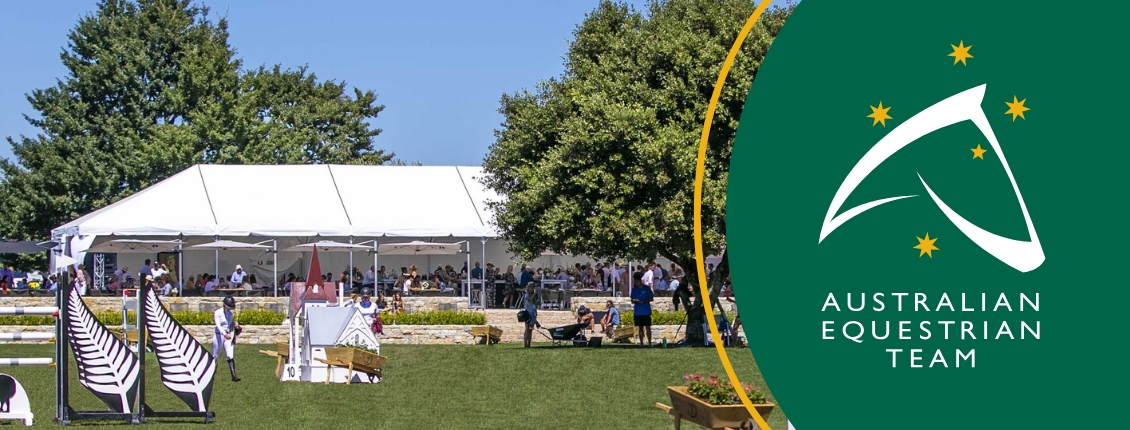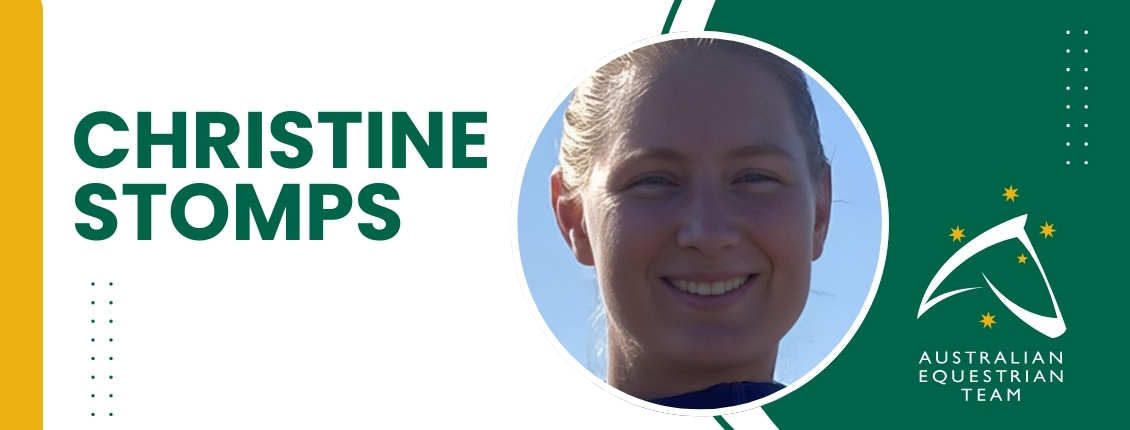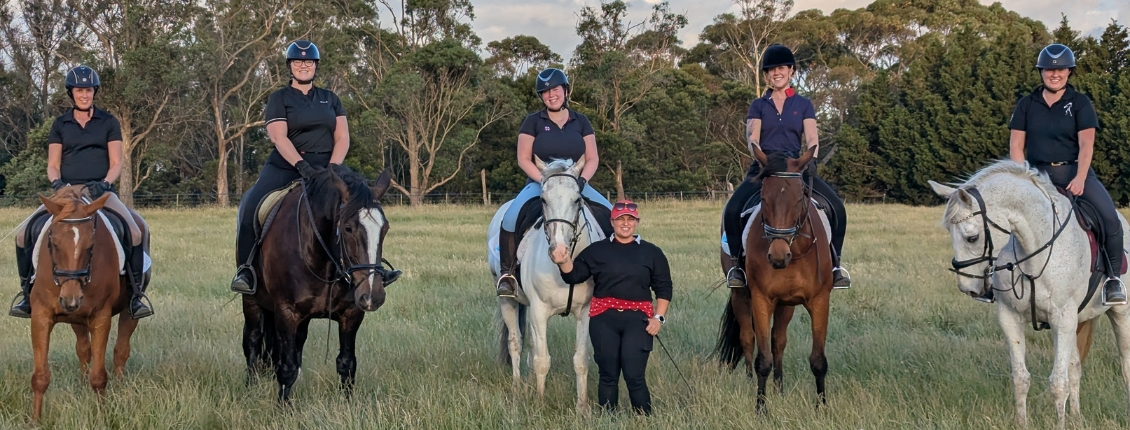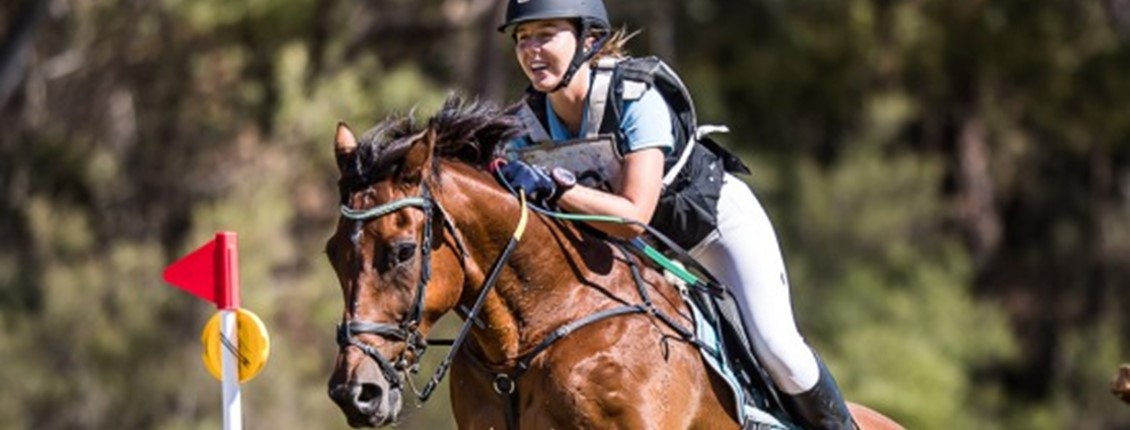
Equestrian Safety and Risk Management 2019 Year in Review
Firstly thanks to everyone for their fantastic support for risk management and safety initiatives throughout the year!
The full statistics report will be published early in the New Year but I thought it timely to send out this update and bring you up-to-date with some of the things that have been happening this year.
Reporting - Full statistics are not yet available, but initial indications are that horse fall rates in 2* and above have declined - more detail in the New Year.
Thanks to the hard work of Technical Delegates, Lynne and Vicki, and the results providers, TD reports continue to provide a window on the effectiveness of our risk management programs and key statistics. The Nominate team have been able to provide an automatic alert where horse falls or rider falls in a class exceed thresholds.
Riders Reps - Australia is one of the first countries to have formalised the role description for riders reps and made their job a little easier by providing an electronic reporting option. A system of SMS advice to competitors of the rider reps’ names and contact details has been implemented at many events.
Concussion all Disciplines - National discipline committees and their officials have enthusiastically embraced the EA concussion protocol. Whilst there have been many questions, they have all been focussed on how to implement. I hope to add an electronic (JOT form-courtesy of Lynne Brown) reporting option in the New Year.
Front Shoulders of Spread Fences - CDs and OCs have been very supportive in their implementation of this rule designed to deflect the impact when a horse hits a fence and reduce the chance of a horse fall.
Medical - the rules re the provision of medical services at Eventing Competitions (Annnex D1) have changed for 2020 . The proposals for change were developed by the Medical Consultative Group (consisting of a medical professional from each state) over a period of several months and subsequently reviewed by the EAEC and the State CEOs.
To assist OCs in implementing these changes, a planning and ordering template will be available on the EA website in the “Safety/Resources” section-state eventing committees have also done considerable work on this.
As Tasmania has competitions starting in early January forums for OCs and officials were run in Launceston and Hobart early December to update everyone on the new requirements.
The Medical Consulting Group plans to carry out audits at selected events in the first quarter of FY2020 .
Officials Education & Development – The updated Officials’ education seminars (which run over two days, at an event, with a standard content and agenda and include a requirement for assessment) are only part of the new approach to officials Education and Development.
They are complemented by revised Pathways for Officials, including a requirement for mentored field assignments, with assessments for those wishing to upgrade or maintain their accreditation.
Thanks to the Maryborough (QLD) attendees for being the “guinea pigs” for the first seminar and also to Mick Pineo who co-led it.
Wayne, Sylvia and Michelle volunteered significant amounts of their time to lead the next three seminars and Polly Anne Huntingdon and Hunter Doughty were a great help on the pathways.
The EAEC has nominated Wayne Copping to be their education lead going forward.
Coaches updates - I am very grateful to the coaching committees for including risk management and safety updates in their coaches updates, which have run in many States. The National Coaching Committee are supportive of extending concussion reporting to coaching situations, as well as competition and the program will be rolled out early in the New Year.
PPE – helmet tagging has been in full swing since July 2019. In total 3,541 Helmets have been checked with 3,347 compliant and 194 (5.5% ) non-compliant.
Thanks go to Jenny Merity, State Eventing Committees and Stewards for driving this program.
Serious Incident Management – The EAEC have determined to extend the scope of the Serious Incident Management plan to include the following situations:
- Any injury or suspected injury to the head or spine that results in the admission of a rider into hospital.
- In the case of a horse, any injury that requires transfer to an equine hospital will be considered serious.
In these cases a report is to be prepared for the NSM, EAEC Chair and State Branch within 48 hrs as per a standard template. The NSM and EAEC Chair will consider any recommendations for immediate action and also decide whether the incident should be referred to an investigation panel.
The documents, including policy, report template and SIMP leader checklist will be posted on the EA website under safety resources.
There will be further educational material available shortly.
Equiratings - the Nominate team have done a great job of ensuring that riders can see their horses ERQI on MyEA and are warned at the time of entry if they entering at a level where their horse is red rated. Automatic notifications are sent to the State office concerned where an event in their State has horses entered on red.
Rider Awareness – there is a Risk Management and Safety Update Forum planned to take place at the Tonimbuk Event March 7th-8th. Depending on the success of this it may be rolled out more widely.
Coronial Recommendations - whilst a lot of work has been done over the past three years, on the basis of the Scone and Sydney reviews conducted by EA, the recommendations from the Coroner provide significant insights for EA.
Addressing these will be one of the tasks facing Meredith Chapman, the full-time National Safety Manager beginning in January. I will be involved in the handover to Meredith and some carryover tasks for a few weeks, but from January 1st onwards please use Meredith as your primary contact for Risk Management and Safety. Her contact details will be available in the Contacts section of the EA website.
I would like to thank Lucy Warhurst for her support over the last 12 months, all the EA and branch staff for their help and guidance and of course Terry Snow and the “Making Eventing Safer” fund, which has made so much of the Risk Management and Safety program possible.
As always, if you have questions or comments please contact me
Looking forward to a successful and safe 2020.
Roger Kane - National Safety Officer

